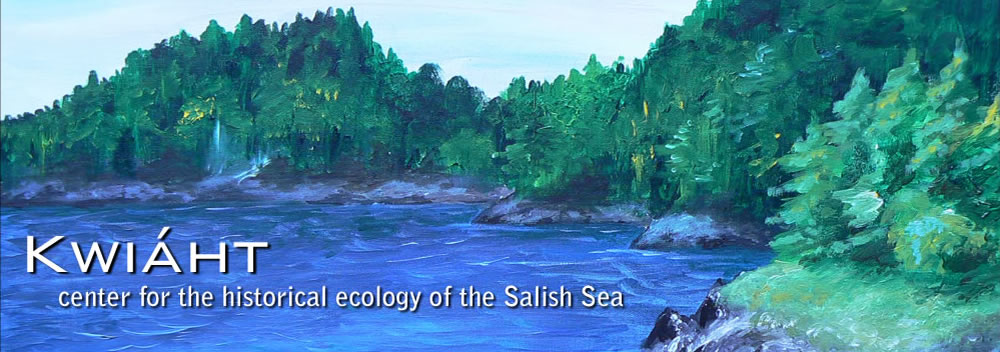Bioremediation and Habitat Quality
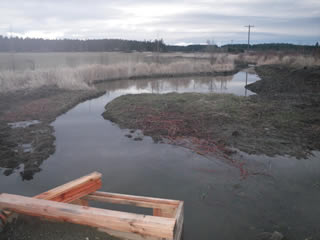
Recreated stream on Lopez first winter
As Kwiáht has grown and acquired a deeper understanding of long-term change in the San Juan Archipelago, we have begun to move beyond documenting disturbance such as pollution, invasive species and construction, to exploring the limits of habitat design and functional ecosystem engineering. This initiative includes enhancing wetlands and other critical but widely degraded habitats in the islands; building "living shorelines" to slow erosion and protect or enlarge coastal marshes and tidal sloughs; developing "forgotten" native food crops and locally adapted Eurasian fruit varieties for making island farming sustainable and compatible with wildlife conservation; designing and testing biofiltration systems such as "rain gardens" and bioswales that are measurably effective under island conditions; and ensuring that islanders are environmentally well-informed consumers, gardeners, and home builders.
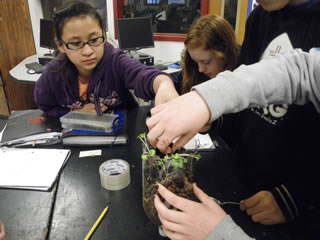
Students assembling bioswale models
Systematic evaluation is central to Kwiáht's evolving ecosystem engineering initiative. This includes laboratory screening of plants and fungi for bioremedial activity; building and testing bench-top models of bioswales; rigorous input/output measurement of target contaminants in the field over several years to evaluate biofiltration systems as actually built; training owners of enhanced wetlands and shorelines to monitor predicted change; and testing locally produced foods for nutrients and contaminants. Local students play a key role in this program, both in the school laboratory and in the field. We also believe it is important to develop methods that homeowners, consumers, builders and farmers can understand and to the extent feasible, use themselves.
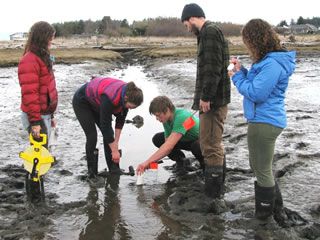
Collecting sediments - Weeks Wetland
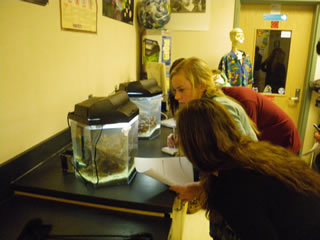
Friday Harbor students use microcosms to test toxics
